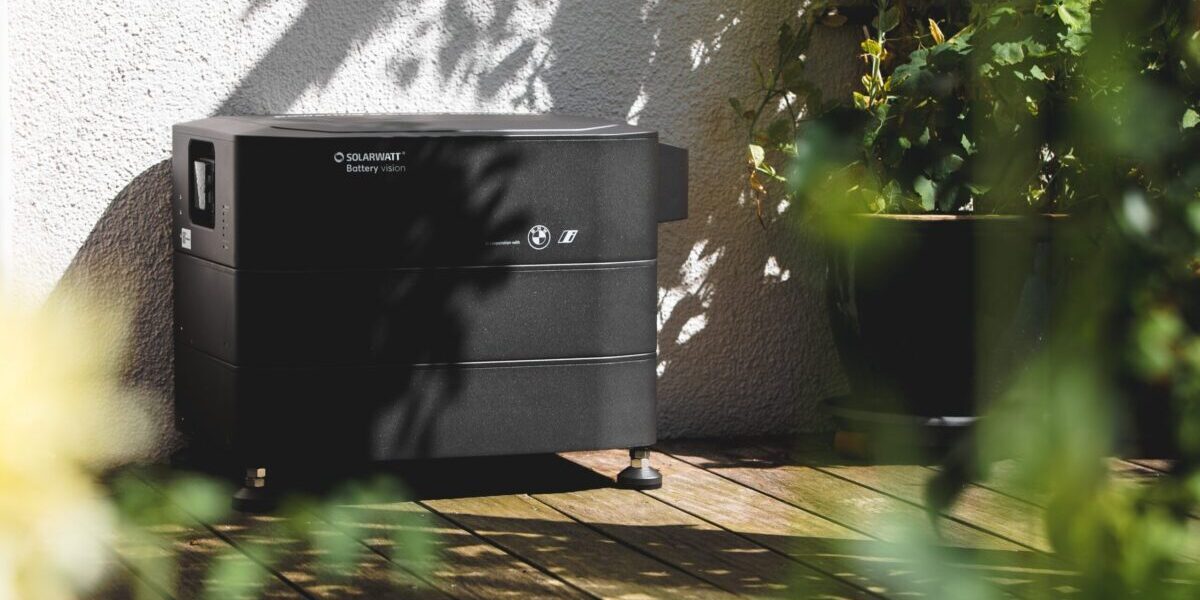New research finds utility-scale solar parks foster biodiversity
November 25, 2024
A series of longitudinal studies of three solar-pollinator sites in Minnesota have demonstrated evidence of native prairie growing under solar panels, providing both soil benefits and habitat for wildlife and pollinators.
November 25, 2024
Research led by the US Department of Energy’s National Renewable Energy Laboratory (NREL) has gathered data on interactions between habitat, pollinators, soil and solar energy production at three utility-scale solar projects in Minnesota.
NREL’s Innovative Solar Practices Integrated with Rural Economies and Ecosystems (InSPIRE) team has conducted research at the three sites for the last six years, in what the laboratory says is the longest-ran, most comprehensive assessment of interactions between solar, soil, habitat and pollinators to date.
The findings are presented across three studies, “Environmental Co-Benefits of Maintaining Native VegetationWith Solar Photovoltaic Infrastructure,” available in Earth’s Future, “If you build it, will they come? Insect community responses to habitat establishment at solar energy facilities in Minnesota, USA,” available in Environmental Research Letters and “Little prairie under the panel: testing native pollinator habitat seed mix establishment at three utility-scale solar sites in Minnesota,” available in Environmental Research Communications.
The three solar facilities studied in the papers are the Chisago, Atwater and Eastwood solar sites, which form part of the Aurora solar project, owned by Enel Green Power and located in and around the Minneapolis area. NREL says these solar-pollinator sites are the first commercial, utility-scale solar projects in the US to feature comprehensive research on ecovoltaics.
The research found that prairie restoration activities can occur underneath solar panels. Once prairie vegetation was established, pollinators were observed using the site as much as dedicated conservation land, with evidence pointing towards increased abundance and diversity of both vegetation and pollinators under the solar panels.
It took three to four years after the construction of the solar park for prairie vegetation to fully establish, with some species not appearing until years five and six.
Planting pollinator habitat and native vegetation was found to mitigate some of the environmental damage done to soil and habitat when solar installations are built and can eventually protect soil from future erosion, the research adds, but it also warns it can take a long time to restore soil after damage from intensive corn and soy production. NREL says the overall impact of soil restoration activities at these sites will not be clear for years to come.
The researchers also observed little to no impact on annual electricity generation across the sites. While native habitats were recorded to decrease PV module temperatures compared to base ground, this was not found to increase electricity production.
NREL says this finding counters studies in other regions, suggesting that microclimatic interaction between PV arrays, soil and vegetation is not consistent across varying landscapes and climates. “One of the most important results from this research is that we need to study more sites,” NREL agrivoltaics researcher Chong Seok Choi said. “For instance, site-specific climate – how much moisture is in the air, for example – can affect whether the cooling we observe from native habitat can lead to increased PV efficiency. There’s still so much work to be done.”
The three studies were funded by the US Department of Energy Solar Energy Technologies Office and undertaken by NREL and Argonne National Laboratory, alongside research partners from the University of Minnesota and Temple University and practitioners from MNL, formerly Minnesota Native Landscapes.
This content is protected by copyright and may not be reused. If you want to cooperate with us and would like to reuse some of our content, please contact: editors@pv-magazine.com.
Search
RECENT PRESS RELEASES
Related Post



